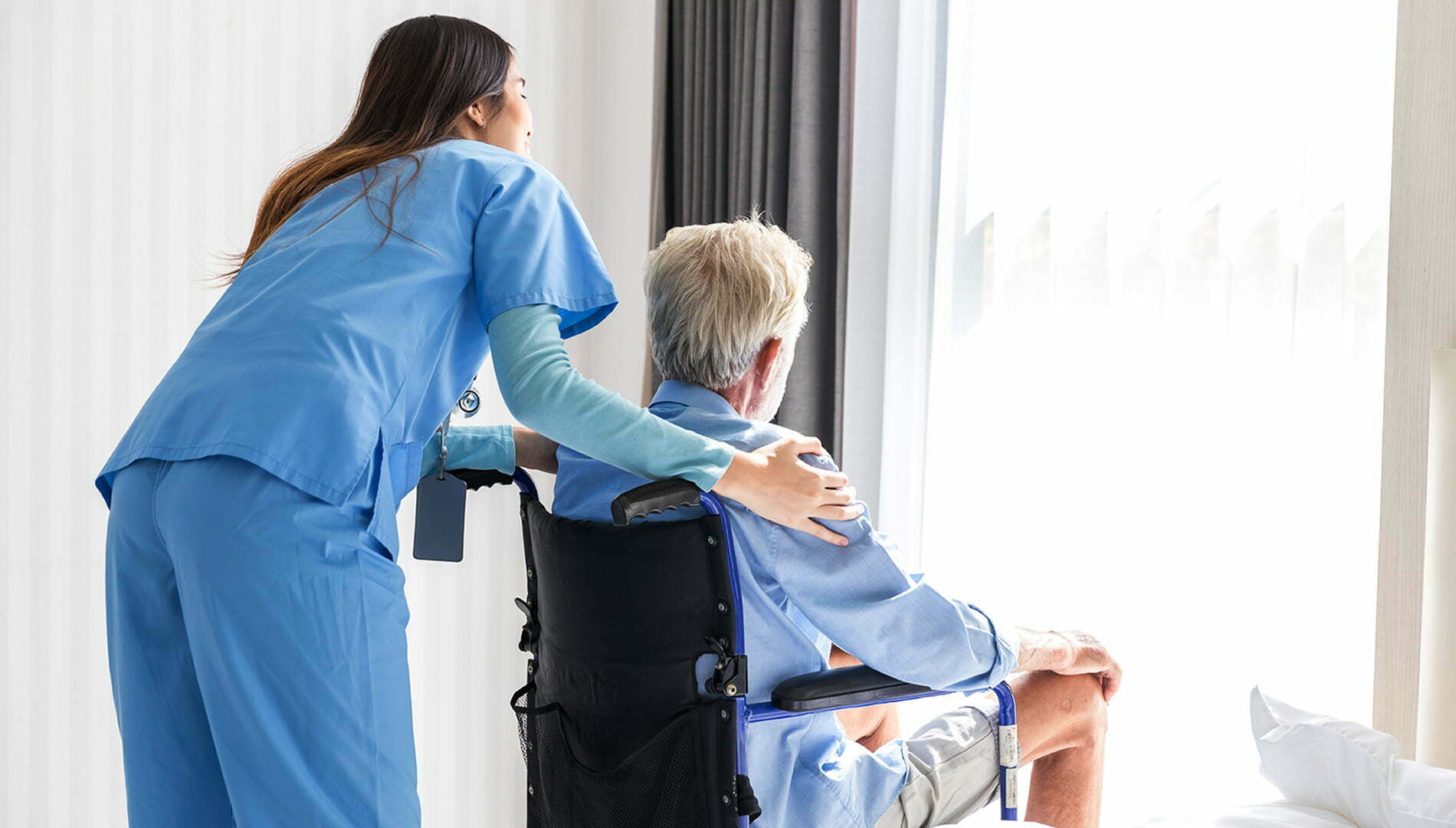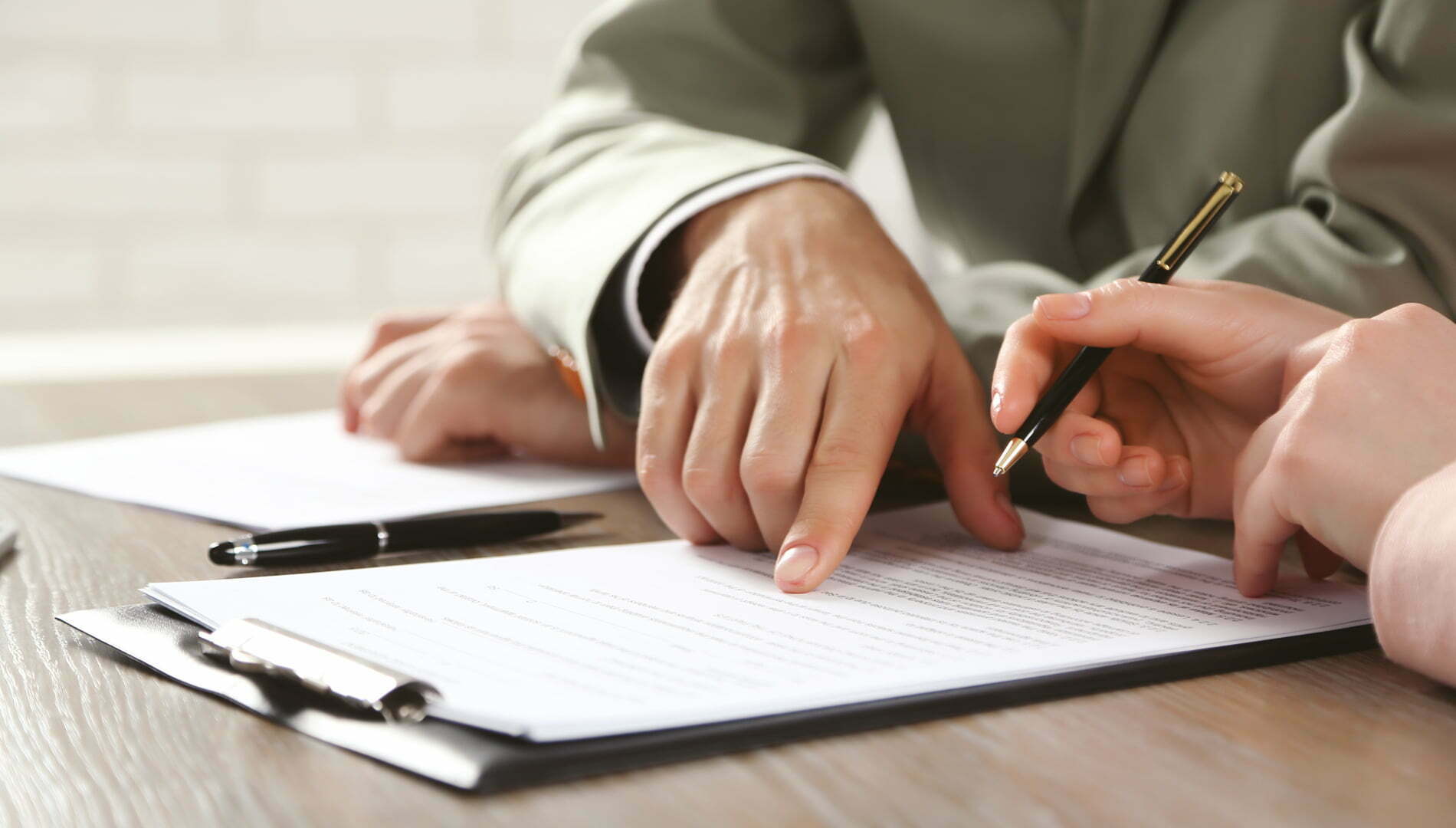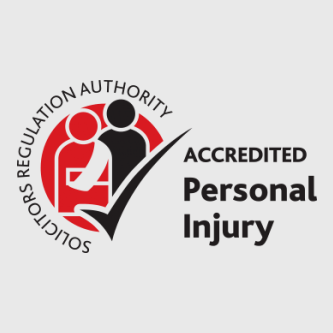Published: 15th March 2021
Unfortunately, accidents are a natural part of life, especially when you ride a bicycle frequently. You could pop a tyre, break your chain, or be knocked off your bike altogether. Whether you’re an experienced or a casual rider, it is important to be aware of what steps you can take to maximise your personal safety on the bike and know what to do should the worst happen. Below we have addressed some of these situations and highlighted what we think might be the best ways to deal with them.
Cover your bases
The most common ‘emergency’ you’re likely to face is a mechanical issue. No one wants to be stranded on the side of the road with an unrideable bike for too long. While not everyone has the space or resources to bike around with a full toolkit, there are some versatile tools that are always helpful to have on you.
Multitool
While there is a wide selection, ranging from extremely simple to advanced, having a good multitool on you can help with any and all minor hiccups that might interrupt a bike ride. Loose saddle, squeaky brakes, snapped chain, or creaky bottom brackets are all malfunctions that a multitool can help with.
Mini pump
Having a mini pump and a selection of patches that can be easily stored on your bike (or your person) can be a lifesaver when you’re in the middle of nowhere with a flat tyre. While duct tape may work in a pinch, frequent bikers should invest in a fit-for-purpose puncture repair kit.
Lights
You should try your best to avoid riding at night without lights on your bike, especially if you’re a commuter. Good lighting can stop an accident before it even happens. Even if the light isn’t helping you see directly, it can easily alert other vehicles of your presence on the road, which is crucial at night. It’s important to note that bicycle lights come in a wide array of shapes, sizes, wattage, and prices. As a commuter, we’d recommend a light that you can charge during the day to ensure a safe journey home.
In the event of an accident:
If you collide with another vehicle, call the police immediately. If you are thrown off your bike, take your time with getting up. Call for an ambulance if you’re in too much pain to stand up or walk or have any other medical concerns. Make sure to exchange insurance information and do not negotiate with the other motorist. Make sure to get the registration number of the other motorist, and take pictures of any damage. Look for any scrapes that can be taken care of with a basic first aid kit and check your helmet for any cracks (to check whether you may be concussed). If the injury is more serious, like a break, the only real option is to wait until help arrives.
The best way to get compensated for an accident is to prove that the other motorist is either wholly or partially at fault. Evidence is key. It can be difficult if you are injured but if possible, take pictures of the positions of the bike, and the other vehicle. Try to depict in the photos the other driver (for identification), their vehicle damage, and make a report to the police. Keep anything that could serve as evidence including the names and contact details of any witnesses. While every accident is different, our team of specialist solicitors at Serious Law provide a personalised service for each and every claim.
In the event of a mechanical problem:
The most important thing is to stay calm in the moment, especially if you share the road with cars and other potentially dangerous vehicles. Panicking may only place you further in harm’s way. While it won’t be perfect, do your best to safely navigate off the road and bring yourself to a stop.
It may then be possible to perform some repairs on the spot. This is where it is helpful to know the ins and outs of your bike, mechanically speaking. While you might not be able to fully fix whatever issue is ailing your ride, you could buy yourself enough time to get home in one piece. For example, it’s better to put as much air as you can back into a punctured tyre so that you can make it home to reassess it later. When an accident happens in the middle of the ride, the priority is always getting back home safe and sound – worry about a thorough fix later.
Fixing a flat
If your bicycle tyres are just low, the mini pump will take care of that without a problem. However, if your tubes are punctured completely, you’re going to have to act quickly. Dismount from your bike. Then locate, clean, and patch the puncture.
We wish all cyclists and other vulnerable road users safe travels. However, if you or any of your family or friends are involved in an accident on the roads and require legal assistance, please do not hesitate to contact us. We can also be contacted on 0330 058 0377 for a free, confidential, conversation with an experienced serious injury solicitor. Alternatively, please send us your contact details to enquiry@seriouslaw.co.uk and we’ll call you back or feel free to join the discussion.











